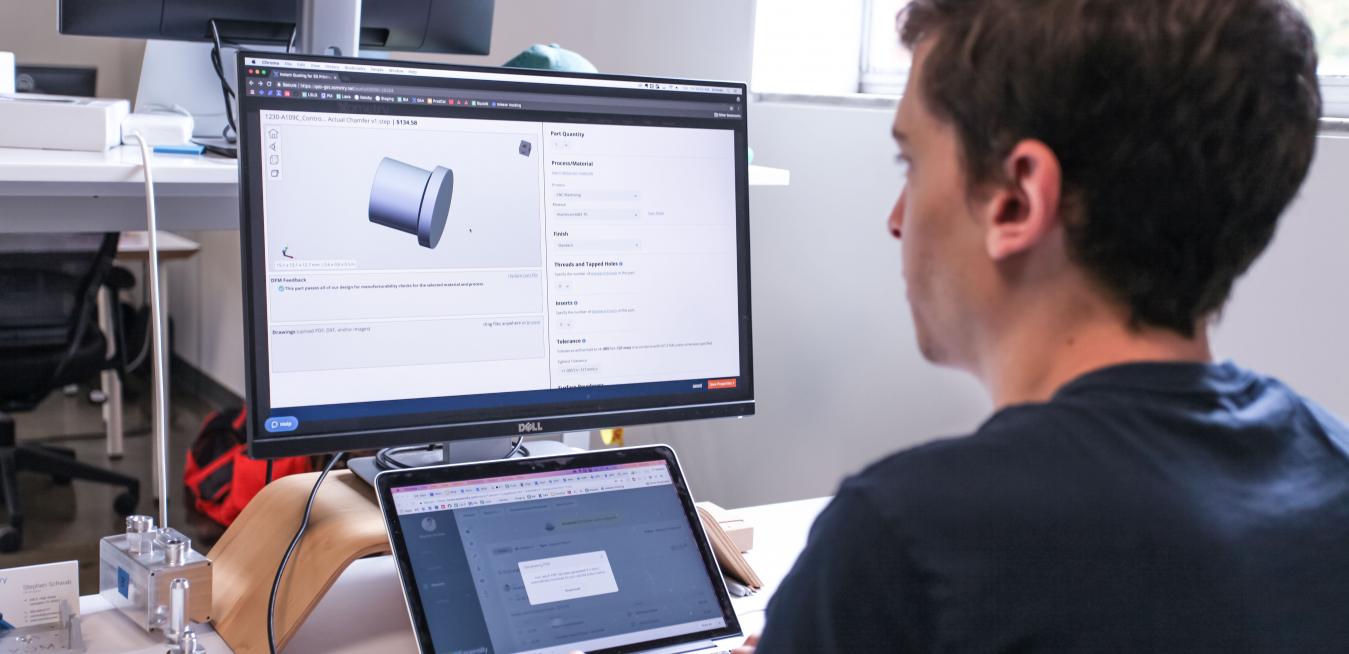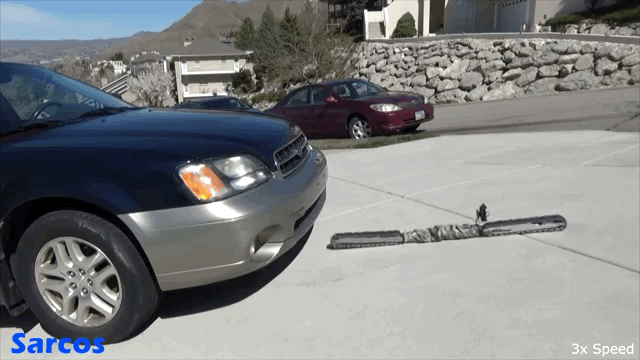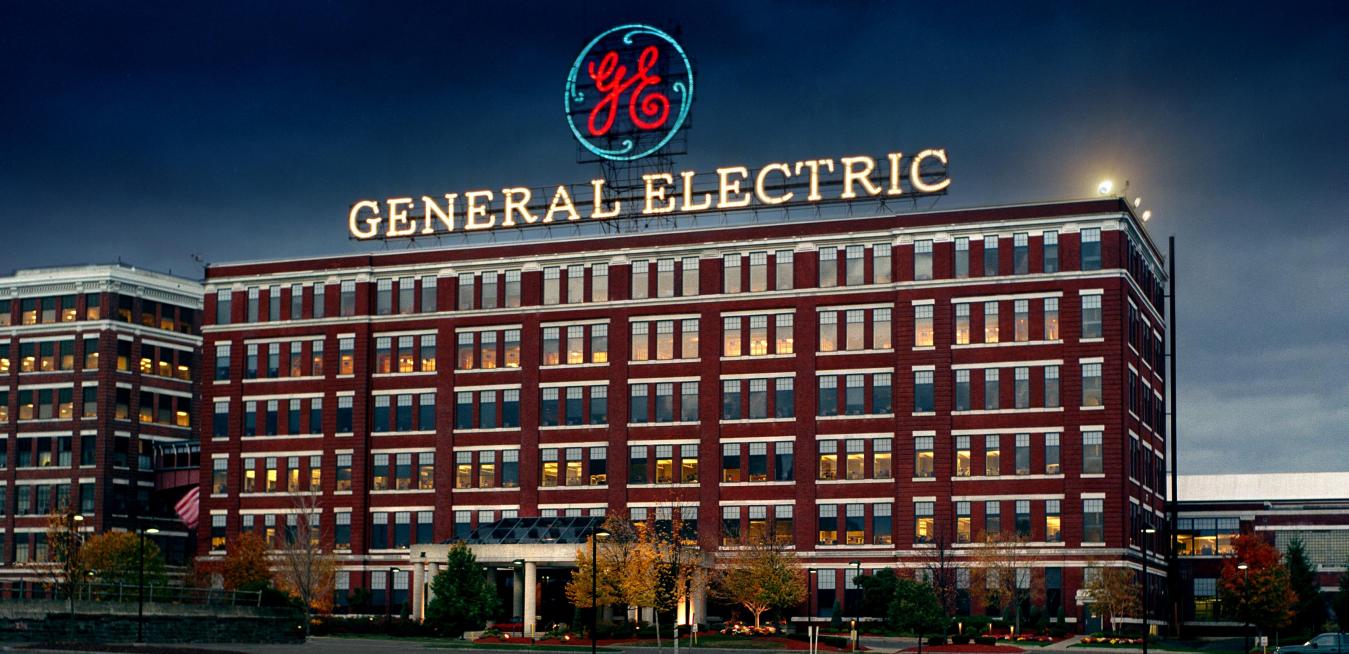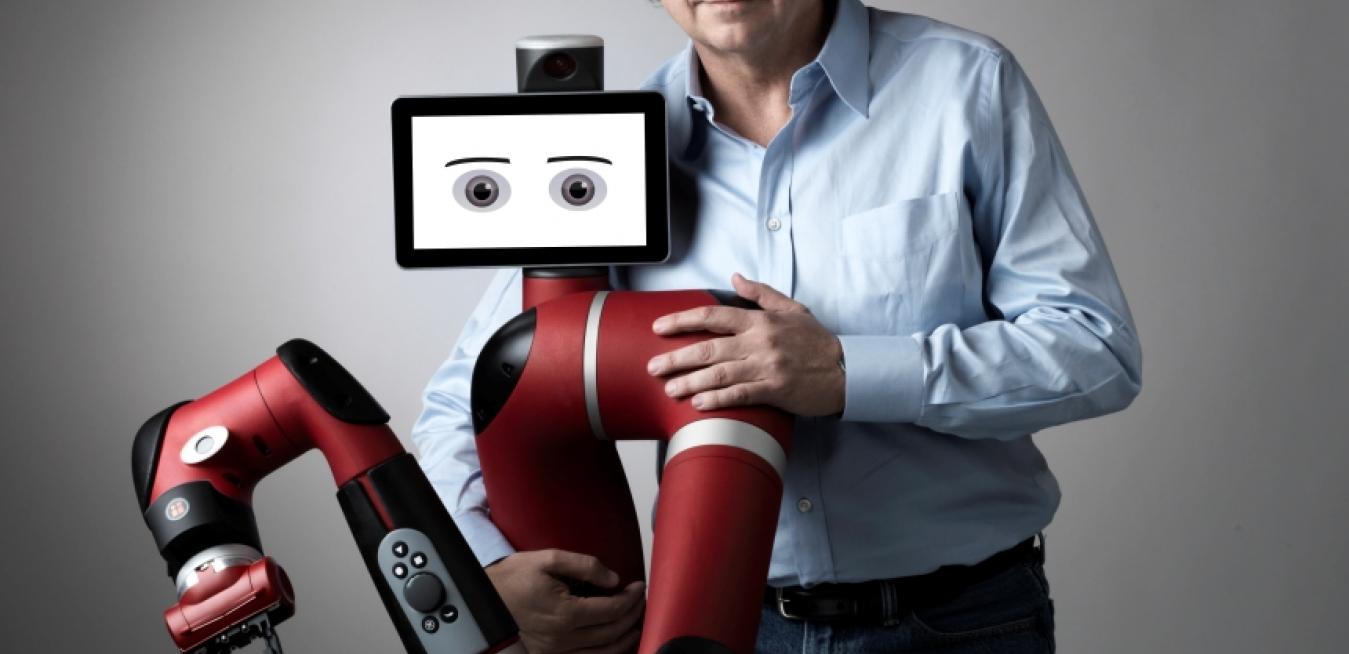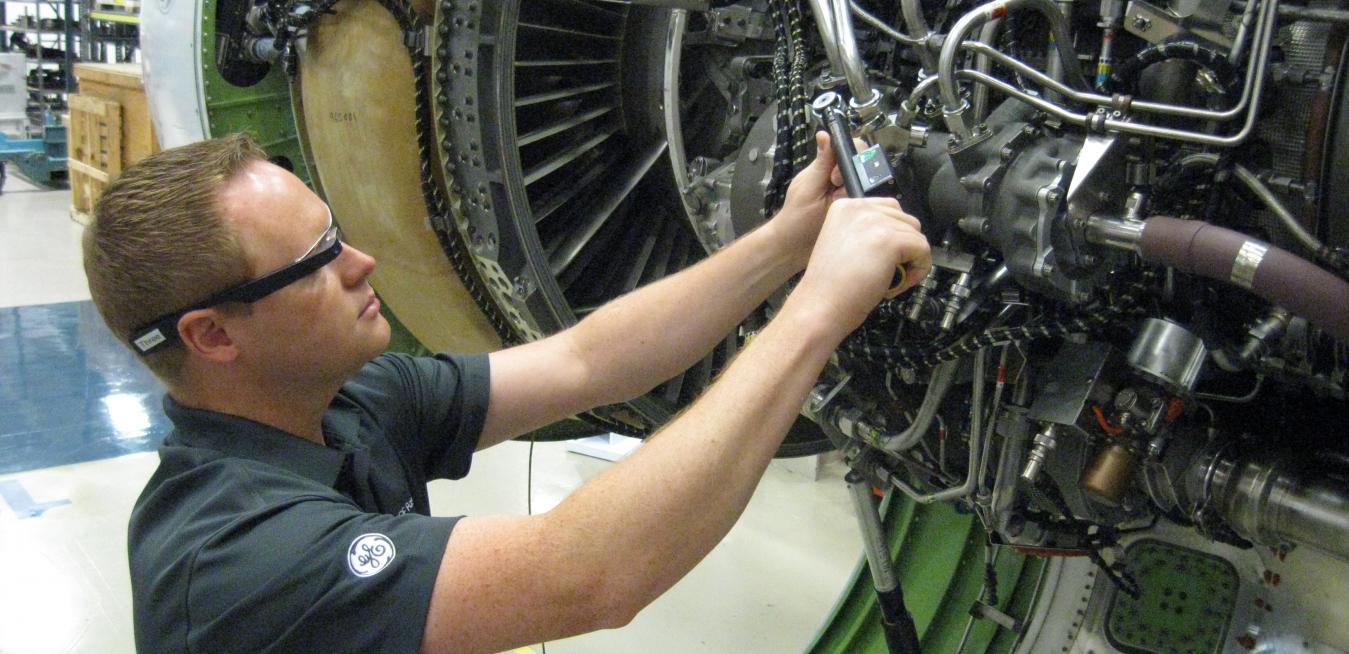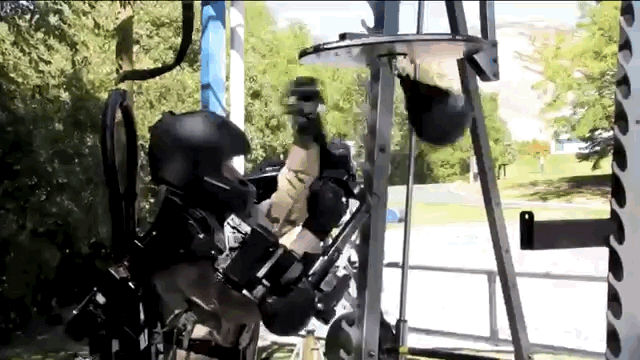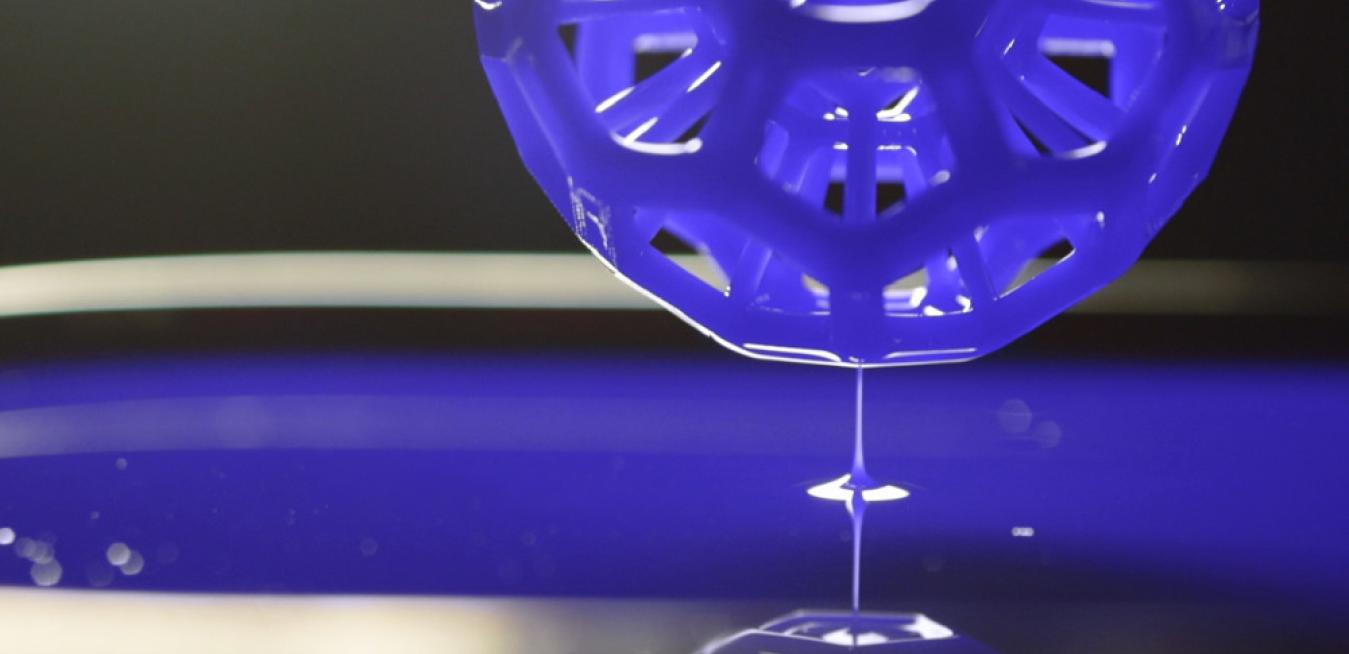In popular culture, automation is generally synonymous with putting people out of work. But in real life it can do the opposite, making workers more effective at the jobs they already have. That’s the case with a full-body exoskeleton under development at Sarcos Robotics, which expects to release a commercial product in early 2020.
Kurt Vonnegut, who spent several years working as a GE publicist in Schenectady, New York, once blamed reviewers unfamiliar with the town for getting him pigeonholed as a science fiction writer. “I and my associates were engineers, physicists, chemists, and mathematicians.
Until recently, there were few good ways to tell if the nut had hit that sweet spot. Workers with torque wrenches had to rely on their skill and judgment to nail the delicate balance.
Developed by Silicon Valley startup Carbon, M1 works by plunging a flat build plate into a liquid bath of resin. An ultraviolet LED projector below then flashes a two-dimensional image—a single layer of a 3D object—through the bath’s translucent container bottom and onto the plate.






